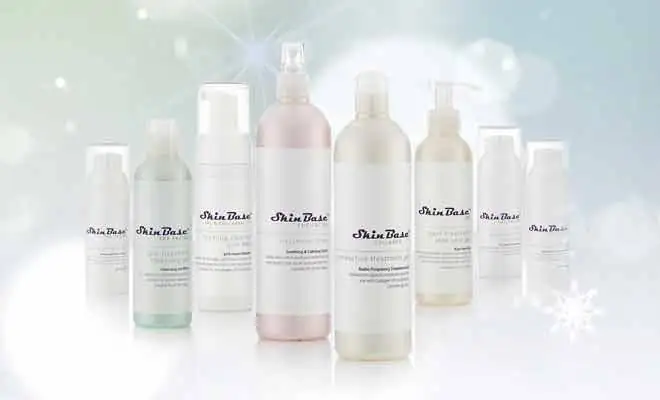Pigmentation is a tricky, frustrating skin concern. These uneven patches of darker skin are hard to cover up and difficult to get rid of. Unfortunately, it takes years and years for pigmentation to become visible. You already have skin damage before you can see it. This makes it even harder to prevent and eliminate! However, there are things you can do to help get rid of pigmentation, and to stop it getting worse.
What is it?
Put simply, pigmentation is a substance called melanin, which is created by skin cells called melanocytes. These cells produce melanin as a protective measure, primarily against the sun. Unwanted pigmentation is exactly the same on a molecular level as a suntan. The only difference is that in pigmentation, the melanocytes have been overstimulated and therefore produce too much melanin. The result is uneven, blotchy patches of pigment rather than the evenly distributed pigment of a suntan.
Know the causes
The first step towards tackling pigmentation is to know how and why you have it. The primary cause of pigmented skin is sun damage – but you don’t have to have had sunburn to get it. A deep tan, or even a mild tan every summer for instance, is enough. Sun exposure as a child is another culprit – unfortunately you may have been destined to develop pigmentation since the first time you ran away from your mother’s bottle of sun cream. Other causes of pigmentation include pollution – the toxins in particulate matter stimulate the skin’s protective reflexes and this causes melanin overproduction. The same is also true for several compounds used in fragrances and essential oils. Hormonal changes can also cause pigmentation – this is common in pregnancy.
How can it be prevented?
It’s undeniable that prevention is easier than trying to get rid of it – and the most effective preventative measure is to use SPF every single day. Cover your skin up and avoid very strong sun exposure too. You should also avoid spraying perfumes directly onto your skin – spray it on your stomach or other areas that will be covered by clothes, or even better, just spray it directly on your clothes. Use antioxidant-rich skincare to help protect your skin from the effects of toxic pollution particles – look for vitamins C and E, polyphenols, flavonoids and carotenoids in your products.
What treatments are available?
Effective treatments for pigmentation are few and far between. Exfoliating treatments are the most common – these help by lifting away layers of dead skin cells and stimulating cell renewal to help the skin to slough away the pigmentation more easily. This is a great option for light areas of pigmentation, so SkinBase Microdermabrasion Facials are perfect for this as they also help to firm the skin, leaving it truly rejuvenated. However, if you have areas of stubborn, old or dark pigmentation, you’ll need a more targeted treatment such as one specifically designed to work with your skin to remove the pigmentation at the source: SkinBase IPL Photorejuvenation.
What is IPL Photorejuvenation?
IPL, or Intense Pulsed Light treatments use filtered light to target specific structures within the skin. It is a very specialised and advanced form of light therapy and is extremely effective against pigmentation. In the case of pigmentation, the melanin within the skin is the target. The IPL handset uses the filtered light to heat the melanin causing controlled damage to the cells. This engages the body’s healing response. The body removes the damaged melanin cells in the same way that it removes any other area of damage, by flushing it away and replacing it with ordinary cells. Follow the preventative steps detailed above to prevent further pigmentation arising.
image:istock.com/SanneBerg

